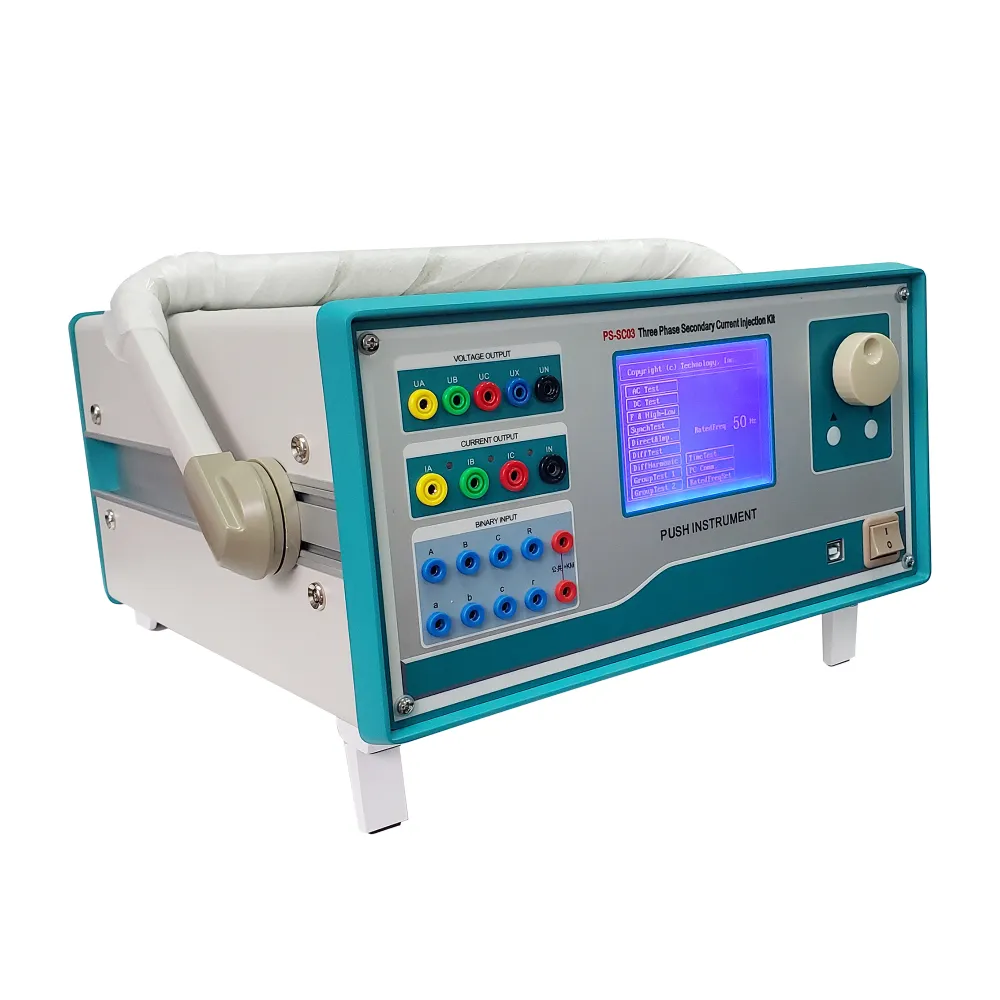 English
English



-
 Afrikaans
Afrikaans -
 Albanian
Albanian -
 Amharic
Amharic -
 Arabic
Arabic -
 Armenian
Armenian -
 Azerbaijani
Azerbaijani -
 Basque
Basque -
 Belarusian
Belarusian -
 Bengali
Bengali -
 Bosnian
Bosnian -
 Bulgarian
Bulgarian -
 Catalan
Catalan -
 Cebuano
Cebuano -
 China
China -
 China (Taiwan)
China (Taiwan) -
 Corsican
Corsican -
 Croatian
Croatian -
 Czech
Czech -
 Danish
Danish -
 Dutch
Dutch -
 English
English -
 Esperanto
Esperanto -
 Estonian
Estonian -
 Finnish
Finnish -
 French
French -
 Frisian
Frisian -
 Galician
Galician -
 Georgian
Georgian -
 German
German -
 Greek
Greek -
 Gujarati
Gujarati -
 Haitian Creole
Haitian Creole -
 hausa
hausa -
 hawaiian
hawaiian -
 Hebrew
Hebrew -
 Hindi
Hindi -
 Miao
Miao -
 Hungarian
Hungarian -
 Icelandic
Icelandic -
 igbo
igbo -
 Indonesian
Indonesian -
 irish
irish -
 Italian
Italian -
 Japanese
Japanese -
 Javanese
Javanese -
 Kannada
Kannada -
 kazakh
kazakh -
 Khmer
Khmer -
 Rwandese
Rwandese -
 Korean
Korean -
 Kurdish
Kurdish -
 Kyrgyz
Kyrgyz -
 Lao
Lao -
 Latin
Latin -
 Latvian
Latvian -
 Lithuanian
Lithuanian -
 Luxembourgish
Luxembourgish -
 Macedonian
Macedonian -
 Malgashi
Malgashi -
 Malay
Malay -
 Malayalam
Malayalam -
 Maltese
Maltese -
 Maori
Maori -
 Marathi
Marathi -
 Mongolian
Mongolian -
 Myanmar
Myanmar -
 Nepali
Nepali -
 Norwegian
Norwegian -
 Norwegian
Norwegian -
 Occitan
Occitan -
 Pashto
Pashto -
 Persian
Persian -
 Polish
Polish -
 Portuguese
Portuguese -
 Punjabi
Punjabi -
 Romanian
Romanian -
 Russian
Russian -
 Samoan
Samoan -
 Scottish Gaelic
Scottish Gaelic -
 Serbian
Serbian -
 Sesotho
Sesotho -
 Shona
Shona -
 Sindhi
Sindhi -
 Sinhala
Sinhala -
 Slovak
Slovak -
 Slovenian
Slovenian -
 Somali
Somali -
 Spanish
Spanish -
 Sundanese
Sundanese -
 Swahili
Swahili -
 Swedish
Swedish -
 Tagalog
Tagalog -
 Tajik
Tajik -
 Tamil
Tamil -
 Tatar
Tatar -
 Telugu
Telugu -
 Thai
Thai -
 Turkish
Turkish -
 Turkmen
Turkmen -
 Ukrainian
Ukrainian -
 Urdu
Urdu -
 Uighur
Uighur -
 Uzbek
Uzbek -
 Vietnamese
Vietnamese -
 Welsh
Welsh -
 Bantu
Bantu -
 Yiddish
Yiddish -
 Yoruba
Yoruba -
 Zulu
Zulu
polarity test of transformer lab manual
Understanding the Polarity Test of Transformers
Transformers are vital components in electrical engineering, serving as the backbone of power distribution and voltage regulation. One of the critical tests performed on transformers is the polarity test, which determines the relative polarity of the transformer windings. Understanding the importance and methodology of this test is crucial for ensuring correct operation and safety in electrical systems.
What is Transformer Polarity?
Transformer polarity refers to the instantaneous direction of voltage across the primary and secondary windings when the transformer is energized. In simpler terms, it indicates how the voltages are related between the windings. Polarity determines how the transformer will behave when connected in a circuit, affecting phase relationships and the overall functionality of a power system.
There are two types of polarity additive and subtractive. If the windings are connected in such a way that the voltages add together, the transformer has additive polarity. Conversely, if one winding voltage subtracts from the other, it is termed subtractive polarity. Misinterpretation of this polarity can lead to significant issues, including phase cancellation, overloading, and system failure.
Importance of the Polarity Test
The polarity test is essential for several reasons
1. Safety Incorrect polarity can cause short circuits or equipment damage. Knowing the correct polarity helps prevent such hazards.
2. Operational Efficiency Transformers need to be connected correctly in parallel arrangements to ensure efficient operation. The polarity test helps determine whether transformers can be safely operated together.
3. System Reliability Understanding transformer polarity supports the overall reliability of power systems, minimizing downtime and failures due to connectivity issues.
polarity test of transformer lab manual

Conducting the Polarity Test
The polarity test can be conducted using various methods. One common approach is the voltage method which involves applying a small voltage to one winding and measuring the voltage across the other winding. Here’s a step-by-step guide to conducting this test
1. Preparation Ensure that the transformer is de-energized, and all safety protocols are observed. Connect a voltage source to the primary winding.
2. Connecting the Equipment Connect the voltmeter across the secondary winding. Make sure to identify and label all terminals correctly to avoid confusion during the test.
3. Applying Voltage Energize the primary winding with a low voltage, typically within the range of 5-10% of the rated primary voltage.
4. Measuring Voltage Observe the voltage reading on the voltmeter. If the reading is positive, it indicates that the windings are of the same polarity (additive). If the reading is negative, it indicates opposite polarity (subtractive).
5. Interpreting Results Based on the readings, analyze the polarity configuration. Document the findings for reference and future maintenance.
Conclusion
The polarity test of transformers is a fundamental procedure that ensures the correct functioning and safety of electrical power systems. By effectively determining the polarity of the transformer windings, engineers can avoid potential pitfalls associated with miswired connections. Moreover, proactive measures like this enhance reliability and efficiency in power distribution networks. Understanding the implications of transformer polarity can lead to better design, installation, and maintenance practices in the field of electrical engineering. As the demand for reliable and efficient electrical systems continues to grow, the relevance of such tests cannot be overstated.
-
Testing Equipment Industry Sees Major Advancements in 2025: Smart & Precision Technologies Lead the WayNewsJun.06,2025
-
Applications of Direct Current Generators in Renewable Energy SystemsNewsJun.05,2025
-
Hipot Tester Calibration and Accuracy GuidelinesNewsJun.05,2025
-
Digital Circuit Breaker Analyzer Features and BenefitsNewsJun.05,2025
-
Benefits of Real-Time Power Quality Monitoring Devices for Industrial EfficiencyNewsJun.05,2025
-
Earth Fault Loop Testing in High-Rise Building Electrical SystemsNewsJun.05,2025



